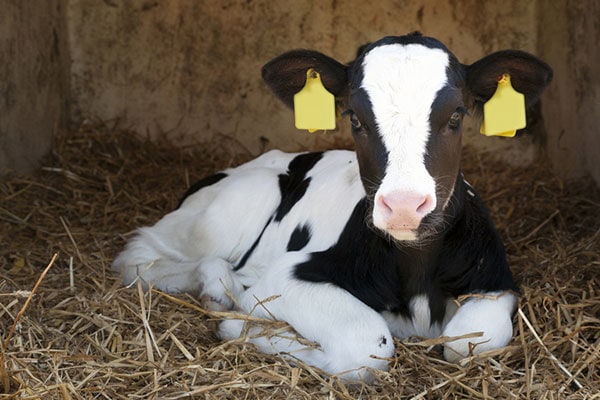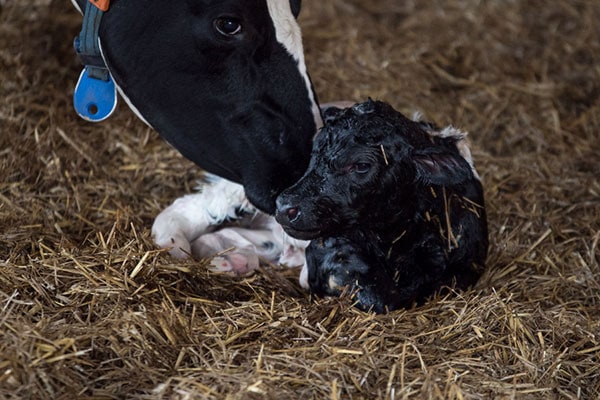Which negative results does the cold season have for the calves?
If the nutrient supply at a parallel high demand on energy isn’t sufficient, decreasing daily weight gains will result. Furthermore, the immune system is weakened. Pathogens can spread more easily and for the calf there is an increased risk to get sick. Thus, diarrheal diseases and pneumonia occur more frequently. Furthermore, the physiological development of the calf can be disturbed.
Which risks do have the farmers?
For the farmer this can result in financial losses. In addition to decreasing daily weight gains and high treatment costs also losses regarding late calving-ages as well as lower milk yields can occur.
How you feed right!
Feeding should be adapted to the cold stress. The normal feeding amount of a milk replacer is 140 g/l of water. As soon as temperatures fall below 20°C, up to 50 g more milk replacer can be fed per falling 5°C.
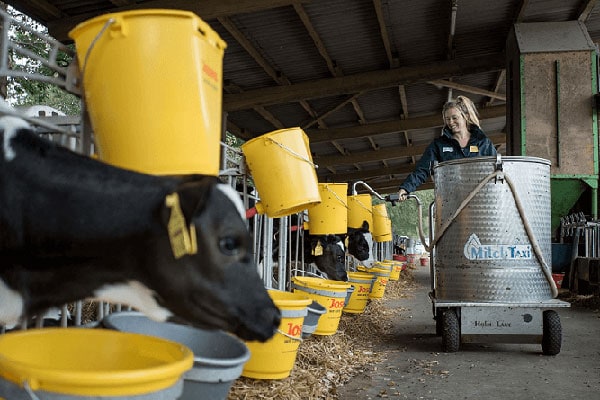
Weight and volume of CMR (calf milk replacer)
Weight and volume of milk replacer must not be confused. That can vary. The powder should be weighed with a balance for control.
Winter checklist for your calves
✓ Within the first few hours of life you should pay attention to a sufficient supply of colostrum. The calf should obtain direct after birth and 18 hours after 3 litres. The amount of milk should be selected on 10-15% of the body weight of the calf.
Important: The quality should be proved with a refractometer or a colostrum newel.
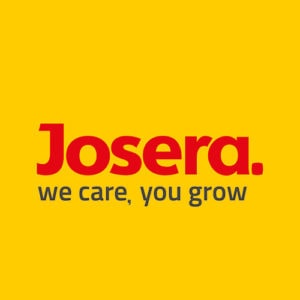
JOSERA recommends
In the first weeks of life we recommend the milk replacer JOSERA IgluVital for a good nutrient supply and for disease prevention in winter times. If you feed whole milk an agent addition with JOSERA VitalTrunk is recommended to balance deficits of vitamins and trace elements.
You might be interested in the following contents:
Hygiene in the calf stall
Most illnesses of calves are so-called ‘factor diseases’. This means that several causes are responsible for the outbreak of a disease. Therefore, diarrhea can be the result of several causes.
Rules for managing the birth of your calf
A calf is born. It’s a female. It’s from a good cow. The father is an excellent sire. This animal is supposed to give birth to a calf itself in two years and will become a strong cow.

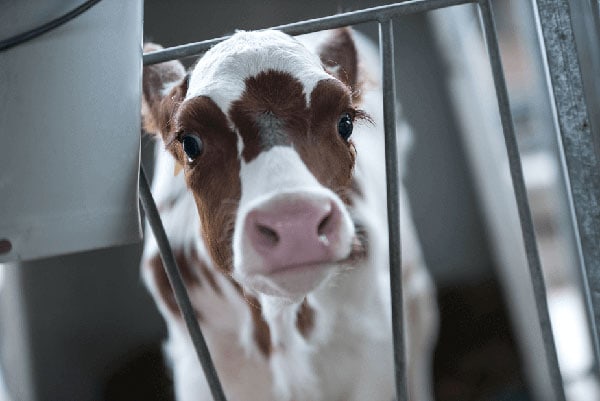




 (3 Votes, average: 4.33 von 5)
(3 Votes, average: 4.33 von 5)